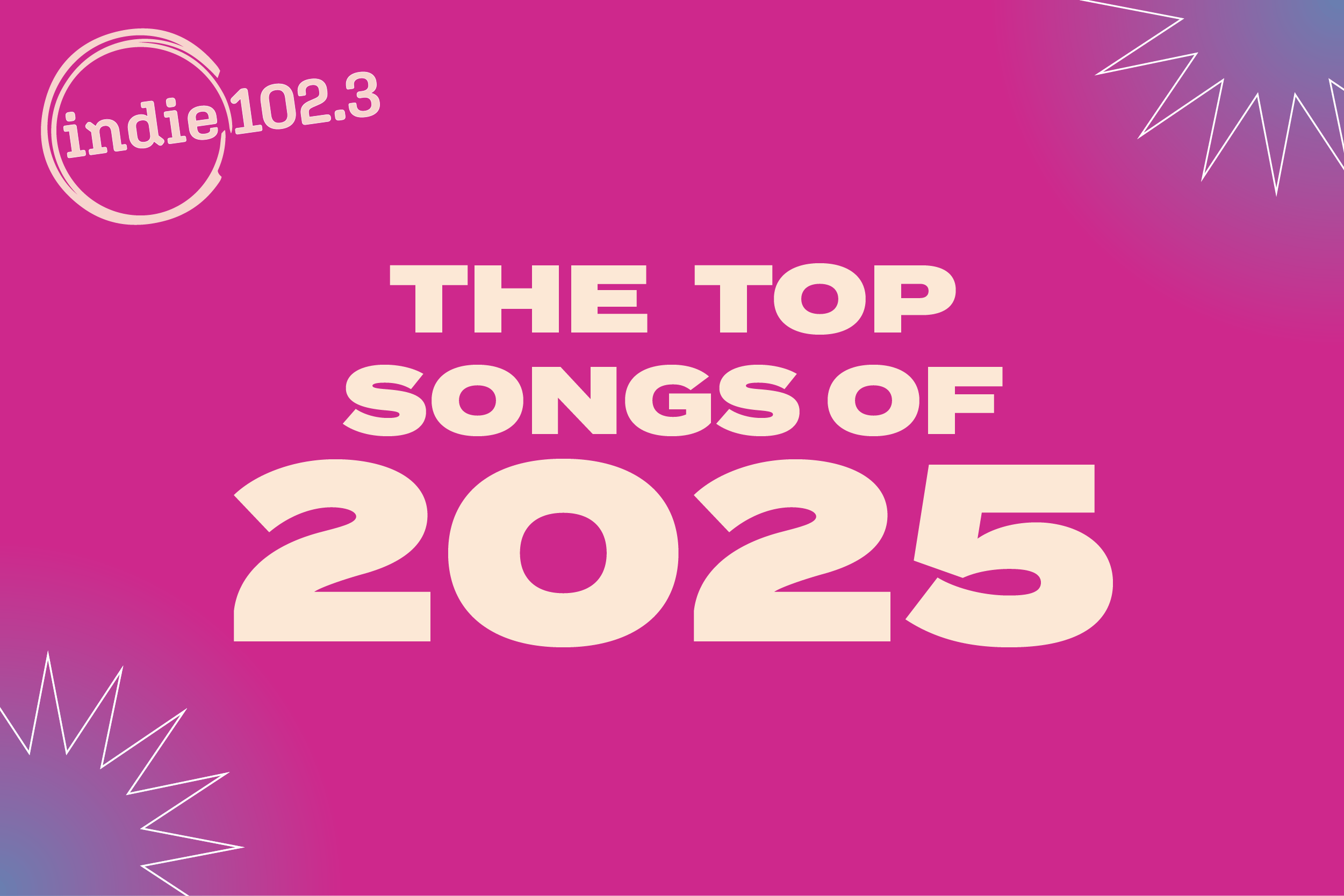
Colorado doctors envision a future where eye transplants can help blind people see.
About a million Americans are blind and millions more deal with vision loss.
The University of Colorado Anschutz Medical Campus announced an up to $46 million award this month from the Advanced Research Projects Agency for Health to research a way to cure blindness through human eye transplants.
Dr. Kia Washington, a surgeon and a lead investigator on the project, said advancements over the past two decades in areas like technology and regenerative medicine make this effort possible.
Interview highlights
On causes of blindness:
“There are several different reasons. You can be born blind from congenital diseases.There's ischemic causes such as glaucoma where you have ischemia or increased pressure in the eye. There's trauma to the eye. And that's what initially our research was wanting to address, particularly in wounded service members when you have trauma and you need to replace tissue with healthy tissue. And then there are several other disease processes that cause blindness.”
On the history of eye transplantation efforts:
“Eye transplantation is not a new concept. About a century ago, a French surgeon tried to transplant a rabbit eye into a blind girl and failed for many reasons. We didn't have the surgical techniques then or immunosuppression. So people have been talking about them for a long time.”
On whether an eye transplant has ever been successful in the past:
“Actually, an eye transplant has been performed at New York University, but it wasn't for vision restoration. It was for more aesthetic reasons. [The doctor] was doing a face transplant in a patient and then instead of adding an eye prosthetic, decided to include the donor eye as part of this transplant. So this was performed in November of 2023. There hasn't been reported to be any return of vision in this patient.”
On the main challenges of a successful transplant to restore vision:
“One is ensuring adequate blood supply to the eye. We've actually kind of overcome that barrier with microsurgical techniques. We're able to really sew together small vessels and veins at this point. The next challenge is whether the eye will be rejected. Do we have the proper immunosuppression? And the main obstacle, and this is the biggest one, is regeneration of the optic nerve. So the optic nerve is the nerve primarily responsible for vision.
And this is the nerve that you have to sever and then sew together between the donor and recipient and to this date, we don't have any good ways to regenerate the optic nerve across a site where the nerve has been transected and then repaired. So there have been some studies, particularly in some small animal models where the optic nerve is crushed or undergoes an ischemic injury – meaning an injury where there's lack of blood flow – and there's been some return or regeneration of the optic nerve using different techniques. But this is a little different because we have to overcome, again, the cut of the optic nerve.
That's one of the main crux of this research as well as there are so many other details with the actual surgical procedure, with getting the eye to move again and all of those type things.”
On donor eyes:
“These would be deceased donors, the same as most solid organ transplants. Of course now in some transplants we do living donors. Obviously this would not be that type of case.”
On whether a blind person alive today will be able to see because of this surgery:
“I think that person's alive today.”








